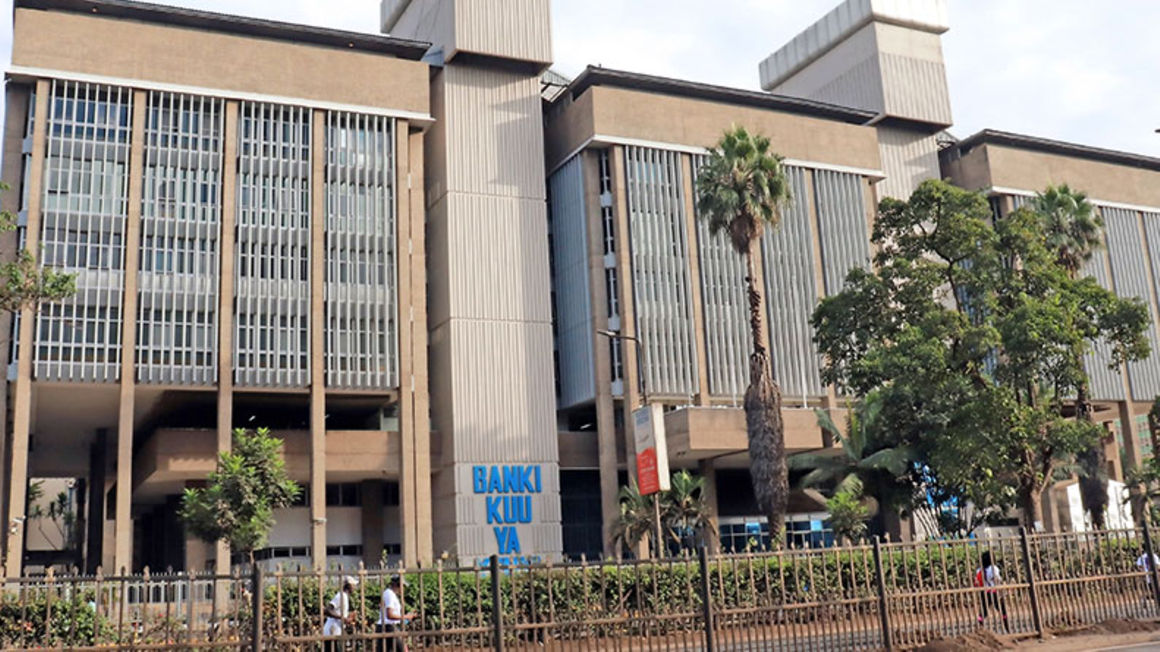
Central Bank of Kenya. FILE PHOTO | NMG
Summary
- Central Bank of Kenya (CBK) data shows that deposit rates stood at an average of 6.37 percent in October, down from 7.07 percent in March when the country reported its first Covid-19 case.
- Return on deposits have now fallen to the lowest point since July 2015 when it was quoted at 6.31 percent and has dropped from a high of 8.26 percent in January 2018.
- This is a blow to cash rich investors and firms that have put money in banks in the absence of investment opportunities during this pandemic.
Banks fixed deposit rates have dropped to a five-year low on reduced demand for savings in an economy where lending to home and business has plunged.
Central Bank of Kenya (CBK) data shows that deposit rates stood at an average of 6.37 percent in October, down from 7.07 percent in March when the country reported its first Covid-19 case.
Return on deposits have now fallen to the lowest point since July 2015 when it was quoted at 6.31 percent and has dropped from a high of 8.26 percent in January 2018.
This is a blow to cash rich investors and firms that have put money in banks in the absence of investment opportunities during this pandemic.
Banks reduced their appetite for deposits after opportunities for lending dried up with loans advanced growing by Sh121 billion in the March to October period, down from Sh156.4 billion in a similar period a year earlier.
“There is reduced demand for cash for onward lending, as a result banks have reduced their savings and deposit rates,” said Habil Olaka the Chief executive officer of Kenya Bankers Association.
“Because of the pandemic, banks have become risk averse to avoid increase in their bad loans, this is why lending to the private sector is not growing as it should, as a result their appetite for cash is not growing hence banks are not giving a lucrative deal to savers and depositors,” he added.
Returns on savings—which are cash placed in banks accounts for shorter periods--also fell to a four- year low in October to 3.49 percent.
The low returns on savings and deposits look set to trigger movement of cash to other investments, especially government paper –which witnessed increased demand in the last quarter of last year.
The savings rate remained below the average inflation of 5.19 percent, delivering negative returns to the investors.





No comments :
Post a Comment